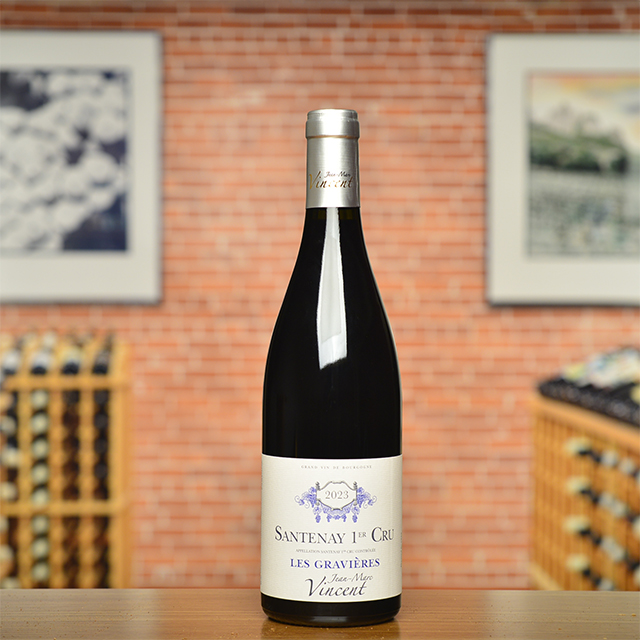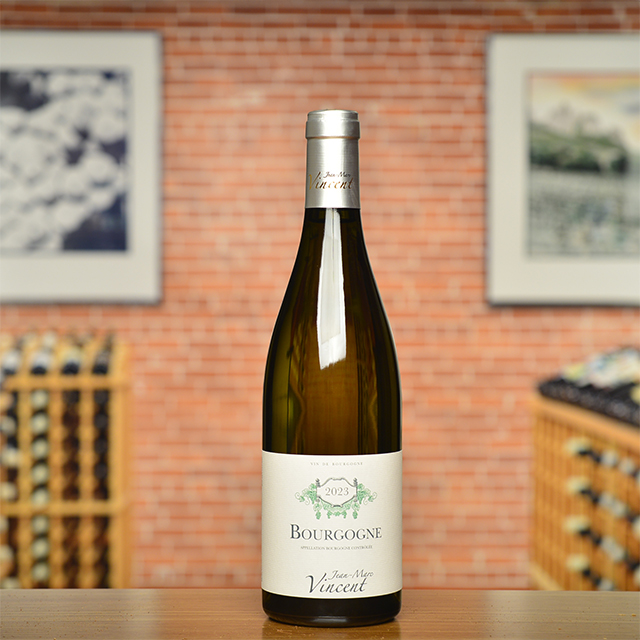Notify me
2020 Corbières Rouge
Domaine de Fontsainte
Team of harversters
When Yves Laboucarié founded Domaine de Fontsainte in southern France’s Corbières appellation in 1971, he was not interested in sticking to the status quo in a region whose winemaking tradition dates back to Roman times. His first innovation was to champion a rosé he dubbed “Gris de Gris,” named for the direct pressing of Grenache Gris grapes and inspired by an especially delicate and mouth-watering style of rosé he remembered from his youth. Yves also brought his own touch to the domaine’s red wine, becoming the first in the region to use carbonic maceration—certainly one of the secrets to his Corbières rouge’s explosive freshness and downright deliciousness.
The domaine’s wealth of ancient Carignan vines are especially well adapted to vinification with whole clusters, and today Yves’ son Bruno carries on his father’s pioneering work, producing what is still perhaps the greatest value red in our entire portfolio. The Carignan, planted in 1950, makes up the majority of the blend along with some Grenache and Syrah, which are fully destemmed.
Bruno’s use of partial carbonic allows for the expression of generous, juicy fruit and vivid florals that cascade over the palate with abandon, not unlike the best Beaujolais but in a darker, riper register that reflects the sun-kissed Mediterranean landscape of Corbières. The accents of herbal garrigue and vineyard stones offer just enough earthy terroir to counterbalance the chewy black fruit and mouth-coating wild brambleberry, making this bargain red—a testament to Yves’ creative spirit nearly fifty years ago—the right bottle to uncork at any which moment.
—Anthony Lynch
| Wine Type: | red |
| Vintage: | 2020 |
| Bottle Size: | 750mL |
| Blend: | 60% Carignan, 30% Grenache Noir, 10% Syrah |
| Appellation: | Corbières |
| Country: | France |
| Region: | Languedoc-Roussillon |
| Producer: | Domaine de Fontsainte |
| Winemaker: | Bruno Laboucarié |
| Vineyard: | Carignan vines planted in 1950, Grenache in 1986, Syrah in 1991, 46.2 ha |
| Soil: | Silica, clay, limestone (gravelly with large galets, or rounded stones) |
| Aging: | 60% of wine ages 8-12 months in French oak barrels, remainder in cement tank |
| Farming: | Lutte Raisonnée |
| Alcohol: | 14.5% |
More from this Producer or Region
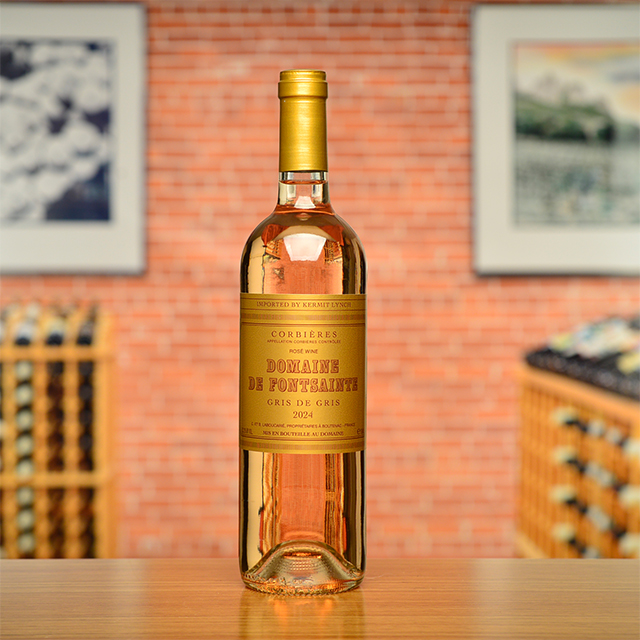
2024 Corbières Rosé “Gris de Gris”
France | Languedoc-Roussillon
A cold glass hits the spot every single time, bursting over the taste buds with bright citrus, wild strawberry, and a juicy finish that makes one’s mouth water in anticipation of the next sip.
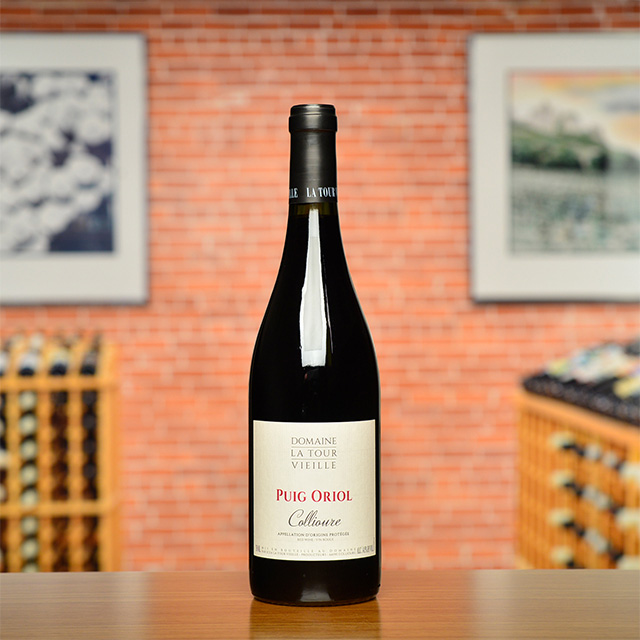
2022 Collioure Rouge “Puig Oriol”
France | Languedoc-Roussillon
A brooding, wild beast with hints of black fruit and Mediterranean herbs, this is a portal to Catalonia’s stunning seaside vineyards.

2022 Corbières Rosé “Gris de Gris” MAGNUM
France | Languedoc-Roussillon
This crisp and succulent vin gris is a guaranteed thirst-quencher.

2021 Monts de la Grage Blanc
France | Languedoc-Roussillon
These ancient hillside vines yield very little, giving an intensely concentrated juice with great acidity and a textured finish. Open it alongside seafood or as an apéritif.

2022 Vin de France Blanc de Voile
France | Languedoc-Roussillon
If you’re a fan of Jura’s vin jaune or fino and manzanilla sherry, find yourself a new friend in this rare bottling from Ludovic Engelvin.
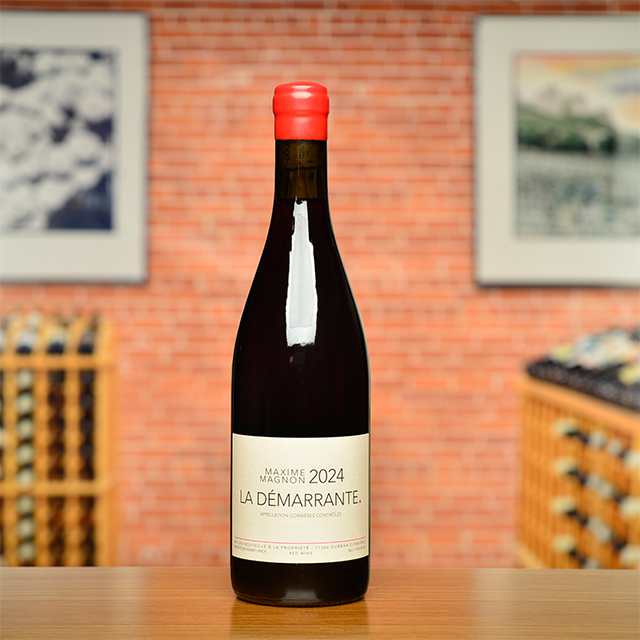
2024 Corbières Rouge “La Démarrante”
France | Languedoc-Roussillon
This is what happens when the Languedoc meets the Beaujolais: old Carignan and Cinsault fermented by carbonic maceration to make something light, fresh, and delicious.
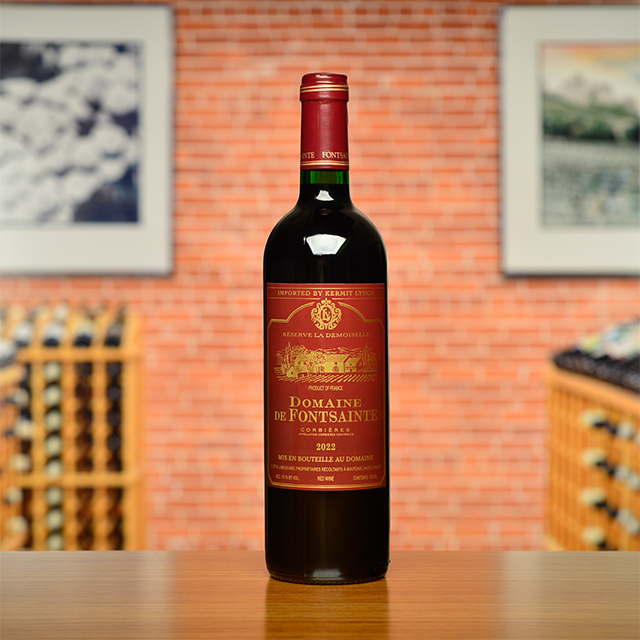
2022 Corbières Rouge “Réserve La Demoiselle”
France | Languedoc-Roussillon
Hailing from the rugged and windswept hills of Corbières, which teem with garrigue and olive groves, La Demoiselle delivers a glorious taste of the South.

2021 Pic-Saint-Loup Rouge “Sainte Agnès”
France | Languedoc-Roussillon
Savory and floral, with bright accents of orange zest, it soars over the palate with grace and finishes with a freshness reminiscent of cool stone.

2022 Corbières Rouge
France | Languedoc-Roussillon
For this perennially over-delivering cuvée, Bruno Laboucarié blends two parts Carignan with one part Grenache and a splash of Syrah to produce a vibrant country red reminiscent of black cherries and spice.
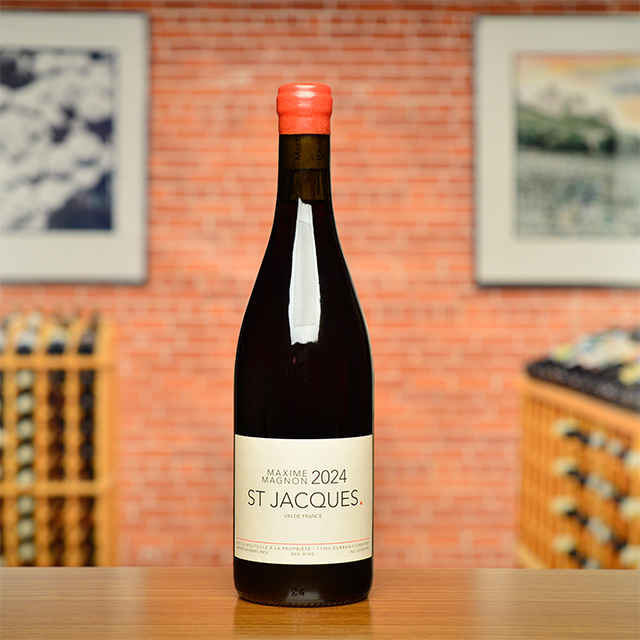
2024 Vin de France Rouge “Saint Jacques”
France | Languedoc-Roussillon
October Club Gourmand ~ Equal parts Grenache, Carignan, and Mourvèdre, this boasts all of Maxime’s trademark elegance and silkiness.
About The Producer
Domaine de Fontsainte
About The Region
Languedoc-Roussillon

Ask wine drinkers around the world, and the word “Languedoc” is sure to elicit mixed reactions. On the one hand, the region is still strongly tied to its past as a producer of cheap, insipid bulk wine in the eyes of many consumers. On the other hand, it is the source of countless great values providing affordable everyday pleasure, with an increasing number of higher-end wines capable of rivaling the best from other parts of France.
While there’s no denying the Languedoc’s checkered history, the last two decades have seen a noticeable shift to fine wine, with an emphasis on terroir. Ambitious growers have sought out vineyard sites with poor, well draining soils in hilly zones, curbed back on irrigation and the use of synthetic fertilizers and pesticides, and looked to balance traditional production methods with technological advancements to craft wines with elegance, balance, and a clear sense of place. Today, the overall quality and variety of wines being made in the Languedoc is as high as ever.
Shaped like a crescent hugging the Mediterranean coast, the region boasts an enormous variety of soil types and microclimates depending on elevation, exposition, and relative distance from the coastline and the cooler foothills farther inland. While the warm Mediterranean climate is conducive to the production of reds, there are world-class whites and rosés to be found as well, along with stunning dessert wines revered by connoisseurs for centuries.
More from Languedoc-Roussillon or France
2021 Corbières “Rozeta”
Maxime Magnon France | Languedoc-Roussillon
2024 Languedoc Blanc “Aupilhac”
Domaine d’Aupilhac France | Languedoc-Roussillon
2024 Collioure Blanc “Les Canadells”
Domaine La Tour Vieille France | Languedoc-Roussillon
2024 Corbières Rosé “Gris de Gris”
Domaine de Fontsainte France | Languedoc-Roussillon
2021 Corbières Rouge “Campagnès”
Maxime Magnon France | Languedoc-Roussillon
2021 Languedoc Montpeyroux Rouge “Les Cocalières”
Domaine d’Aupilhac France | Languedoc-Roussillon
2022 Languedoc Blanc “Les Cocalières”
Domaine d’Aupilhac France | Languedoc-Roussillon
2023 Pic-Saint-Loup “Tour de Pierres”
Héritage du Pic Saint Loup France | Languedoc-Roussillon
2020 Pic Saint Loup Rouge “Cupa Numismae”
Château La Roque France | Languedoc-Roussillon
2022 Languedoc Montpeyroux Rouge
Domaine d’Aupilhac France | Languedoc-Roussillon
Cap de Creus “Ranci Sec”
Domaine La Tour Vieille France | Languedoc-Roussillon
Banyuls Vinegar
Domaine La Tour Vieille France | Languedoc-Roussillon
2021 Corbières “Rozeta”
Maxime Magnon France | Languedoc-Roussillon
2024 Languedoc Blanc “Aupilhac”
Domaine d’Aupilhac France | Languedoc-Roussillon
2024 Collioure Blanc “Les Canadells”
Domaine La Tour Vieille France | Languedoc-Roussillon
2024 Corbières Rosé “Gris de Gris”
Domaine de Fontsainte France | Languedoc-Roussillon
2021 Corbières Rouge “Campagnès”
Maxime Magnon France | Languedoc-Roussillon
2021 Languedoc Montpeyroux Rouge “Les Cocalières”
Domaine d’Aupilhac France | Languedoc-Roussillon
2022 Languedoc Blanc “Les Cocalières”
Domaine d’Aupilhac France | Languedoc-Roussillon
2023 Pic-Saint-Loup “Tour de Pierres”
Héritage du Pic Saint Loup France | Languedoc-Roussillon
2020 Pic Saint Loup Rouge “Cupa Numismae”
Château La Roque France | Languedoc-Roussillon
2022 Languedoc Montpeyroux Rouge
Domaine d’Aupilhac France | Languedoc-Roussillon
Cap de Creus “Ranci Sec”
Domaine La Tour Vieille France | Languedoc-Roussillon
Banyuls Vinegar
Domaine La Tour Vieille France | Languedoc-Roussillon
Kermit once said...

Kermit once said...
I want you to realize once and for all: Even the winemaker does not know what aging is going to do to a new vintage; Robert Parker does not know; I do not know. We all make educated (hopefully) guesses about what the future will bring, but guesses they are. And one of the pleasures of a wine cellar is the opportunity it provides for you to witness the evolution of your various selections. Living wines have ups and downs just as people do, periods of glory and dog days, too. If wine did not remind me of real life, I would not care about it so much.
Inspiring Thirst, page 171



